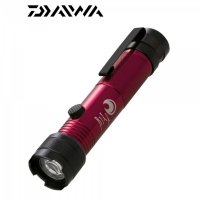DAIWA Karehoushi 10・N
Overview
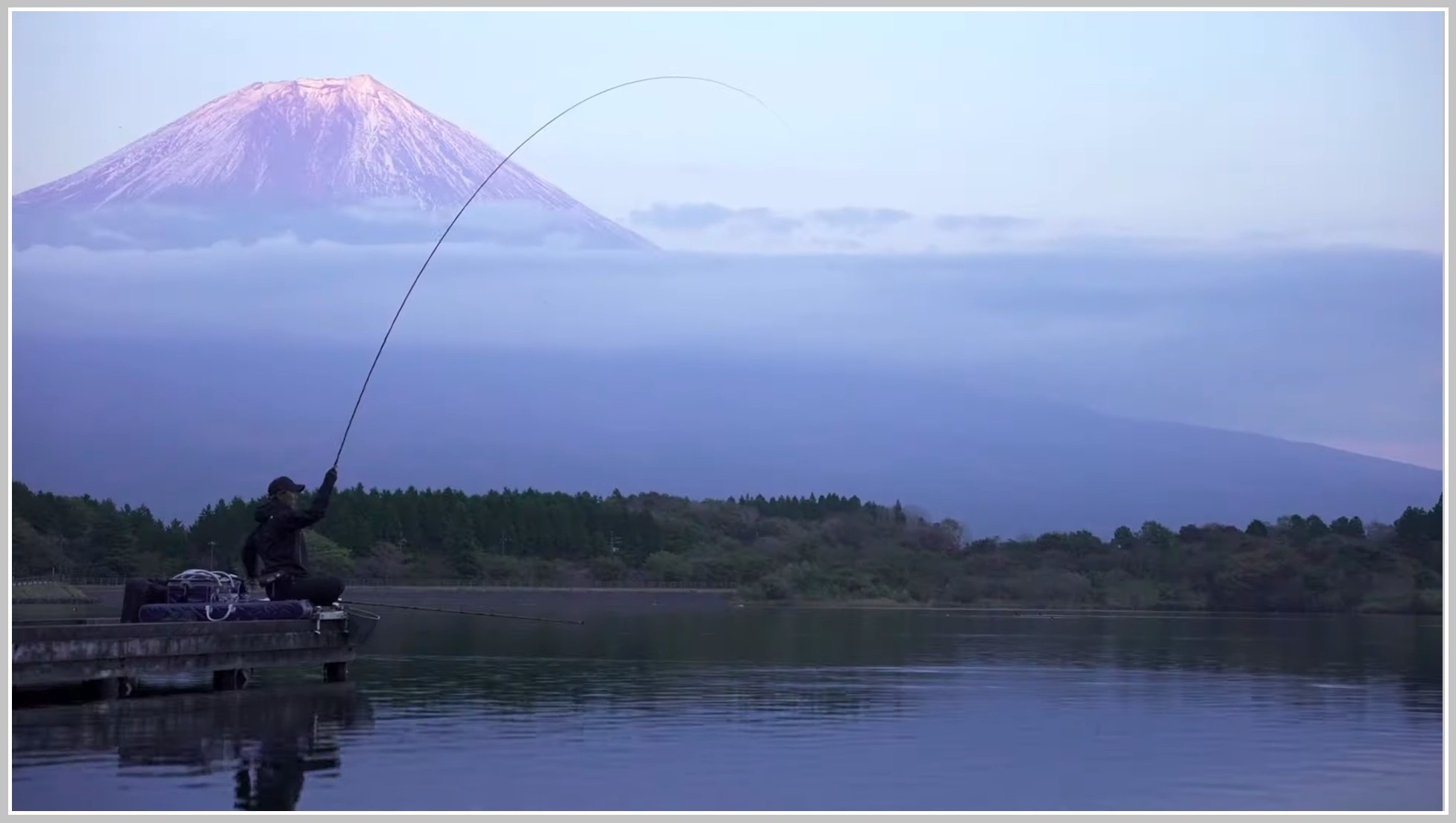
The original Karehoushi, a heralded traditional Japanese fishing rod, first made its appearance in 1986—36 years ago. It was born from a daring attempt to recreate the fishing experience of traditional Japanese bamboo rods using carbon materials. Since then, the Karehoushi has evolved through six generations, maintaining its commitment to a traditional medium-hard true action. Over the years, crucian carp fishing has undergone various changes, and the performance demands on fishing rods have also shifted.
However, no matter the era, the essence of Karehoushi remains unaltered: its commitment to true action. The seventh generation is no exception; it continues to follow this singular path. What Karehoushi has consistently focused on is the beauty of its bend. Since the first generation, it has pursued the natural curve produced by traditional bamboo rods—a defining characteristic that cannot be separated from the Karehoushi's identity.
From the strike to the catch, the graceful arc transforms like the dance of a ballet dancer, brimming with life and resembling a painting in every moment captured. Gazing upon this curve, no crucian carp angler can help but be enchanted. The movement felt through the grip in one's palm is exceedingly pleasant. By theoretically incorporating the crafting techniques of traditional bamboo rods, the beauty of the bend has been further refined. The principle is that the focal point of the bend moves with the fish, creating natural curves.
This beauty of the bend not only enhances the aesthetic but also contributes to a feeling of strength during actual fishing. Strangely, the crucian carp seem to respond more honestly to rods that bend naturally. Perhaps, crucian carp recognize and appreciate the beauty of a well-bent rod.
7・8・9・10尺
Hold it, hook something, and feel the difference for yourself.
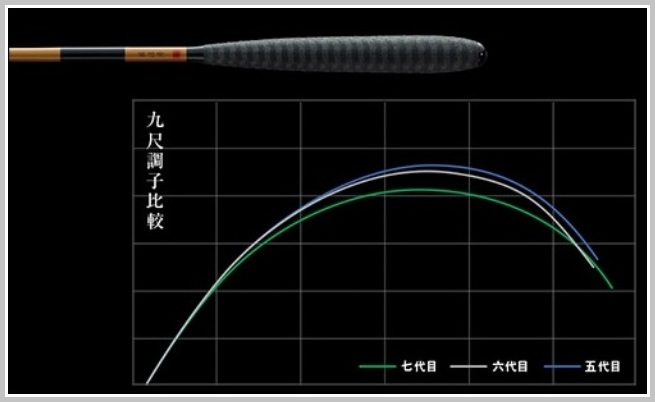
The most noticeable difference between the fifth and sixth generations of Karehoushi and the new seventh generation is evident in this shorter-length model. If I were to summarize the difference succinctly, it would be the moist impression it gives when held and the sensation of bending starting from the grip. Shorter rods face a unique dilemma: seeking suppleness tends to make them weaker, and aiming for the right action can make them too stiff. The seventh generation has overcome this challenge, achieving the characteristic Karehoushi weight and suppleness from the moment it is picked up, just like its medium and longer counterparts.
This was accomplished through the use of a solid Mega Top tip and thicker, slender blanks, which together create a reassuring heaviness and resilience. Furthermore, by enlarging the tapering at the grip end of the rod, we have enhanced the sense of unity with the hand, making it more enjoyable to perform detailed rod manipulations such as casting and flexing.
The seventh-generation short model responds sensitively to even small wrist movements, bending from the hand with a reassuring balance that creates large arcs. Despite being made of carbon, it brings an atmosphere similar to traditional Japanese bamboo rods. This rod enjoys dual popularity—allowing for enjoyable interactions with the fish while also being favored in competitions for its quick landing and gentleness on the leader. This dual nature makes the seventh-generation Karehoushi short model exceptionally
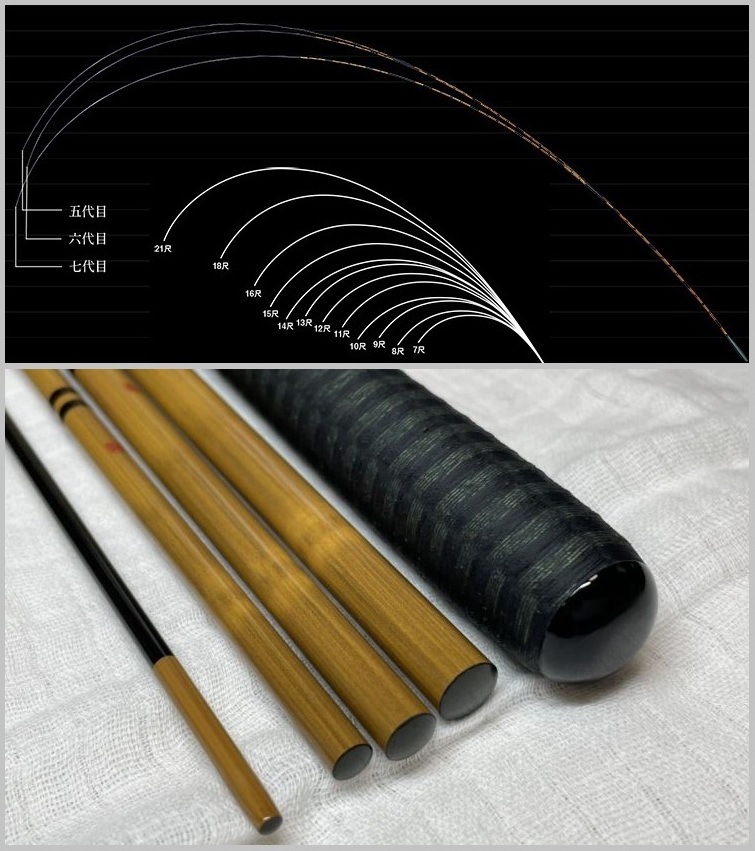
Features
Rod Type | Joint |
Rod Sections (pcs) | 3 |
Rod Length | 300 cm |
Rod Closed Length | 106 cm |
Rod Weight | 70 g |
Rod Tip/Butt Diam | 0.8 mm / 7.7 mm |
Rod Material | Carbon content : 83% |
Brand | DAIWA |
| Bonus name | Discount | Discount, % | Affiliate |
|---|---|---|---|
| Cash Back 5% | 0 | 3477.02 |
Be the first to write a review of this product!

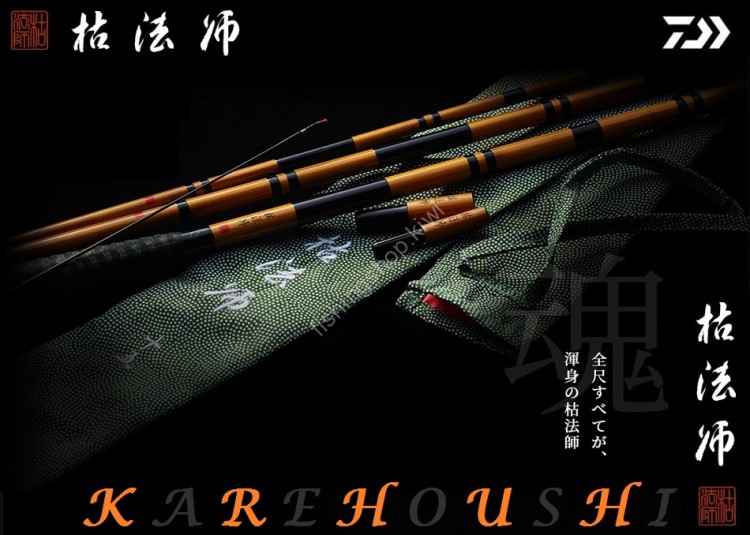

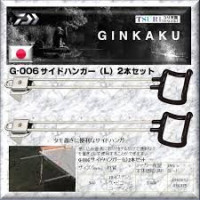

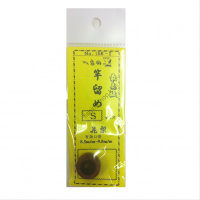
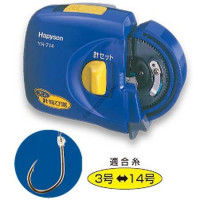
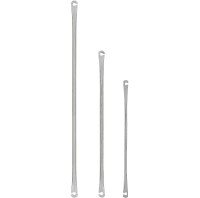
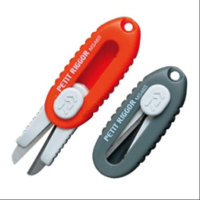
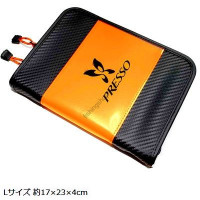
![FishingShop.kiwi DAN Hera Meijin Line [Brown] 50m #1.2 (5lb) DAN Hera Meijin Line [Brown] 50m #1.2 (5lb)](/wa-data/public/shop/products/08/80/498008/images/554737/554737.200.jpg)
![FishingShop.kiwi DAN Hera Meijin Line [Brown] 50m #1 (4lb) DAN Hera Meijin Line [Brown] 50m #1 (4lb)](/wa-data/public/shop/products/14/80/498014/images/554736/554736.200.jpg)
![FishingShop.kiwi DAN Hera Meijin Line [Yellow] 50m #0.8 (3lb) DAN Hera Meijin Line [Yellow] 50m #0.8 (3lb)](/wa-data/public/shop/products/32/80/498032/images/554747/554747.200.jpg)
